Original soft varnish in colors [1921], proof on Japan, signed and numbered 20/25, titled "The Musician and his dog" in pencil in the lower margin.
Dimensions: - Board: 250 x 320 mm - Margins: 405 x 580 mm
Condition: Slightly creased margin edges, traces of assembly on the back, very good condition otherwise.
Holding the entire board, the musician draped in a red blanket protecting his guitar from the rain, walks followed by his dog. In the background on the wall, a large cast shadow.
To our taste, the most beautiful prints in this collection!
This soft varnish comes from a large collection of original prints (nearly 70 pieces) by the artist, including numerous proof plates and proofs.
Ref. library. : Armand Coussens, Painter and engraver, Horizons de France editions, 1936, file 84 (name given: "The Old Guitarist").
Armand Coussens, born in Saint-Ambroix in Gard in 1881 and died in Nîmes in 1935, French painter, engraver, and illustrator, renowned for his etchings. He studied at the Ecole des Beaux-arts in Nîmes in the class of Alexis Lahaye, who encouraged him to go to Paris to try for the Prix de Rome. From 1900 to 1907, Coussens spent his time painting the banks of the Seine, and frequenting the cabarets of Montmartre, rather than attempting the competition. During this time he collaborated on illustrated periodicals such as Le Rire, Le Cri de Paris, L'Assiette au verre and Cocorico. His paintings are marked by the post-impressionist movement and he seems to have been influenced by Jean-François Raffaëlli. He returned to live in Nîmes, which he never left, and traveled throughout Provence. In 1908 he became a drawing professor at the Beaux-Arts in Nîmes, hired by Lahaye, who became director. From 1912, Coussens began actively engraving. He practices etching, soft varnish, aquatint in black and color, produces some lithographs and monotypes. His engraved work includes 208 original pieces, some of which are little known. He printed his proofs on his own press, inherited from his first printer, Vernant. He stopped engraving in 1933. He died in Nîmes on February 2, 1935, apparently a victim of the noxious vapors of the nitric acid he used for his engraving plates.

















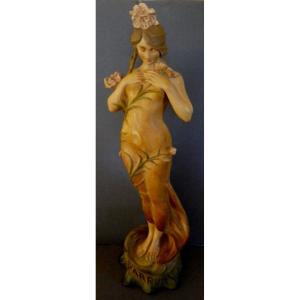

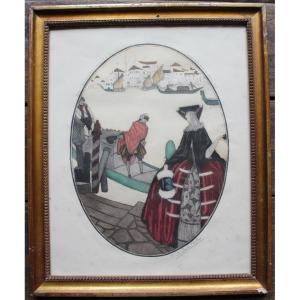
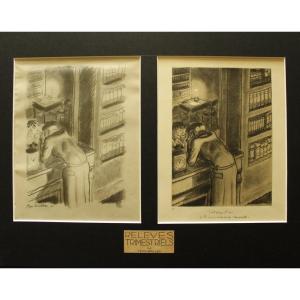
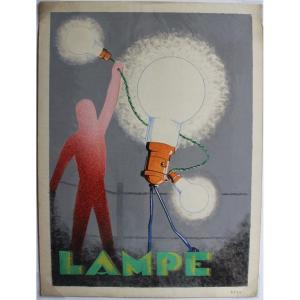
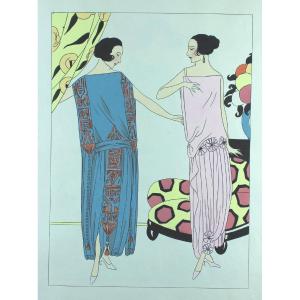


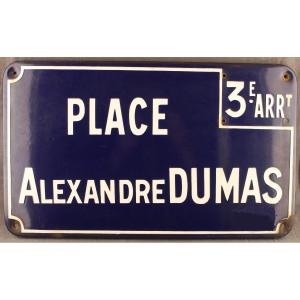


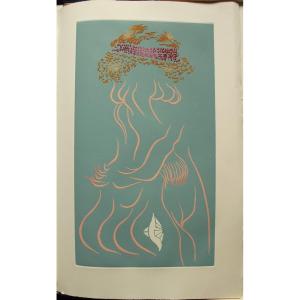
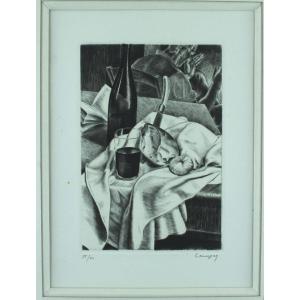
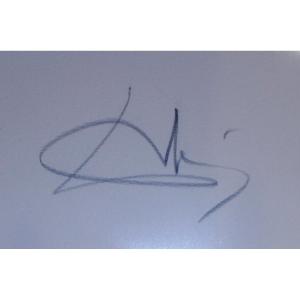
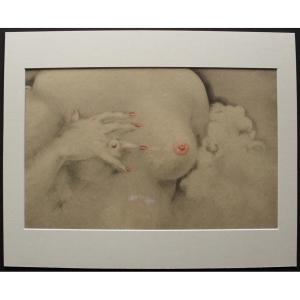
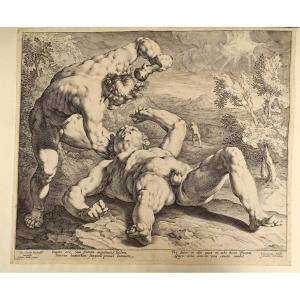

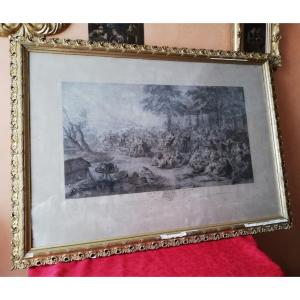
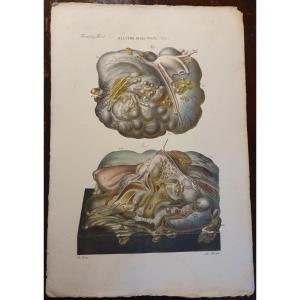
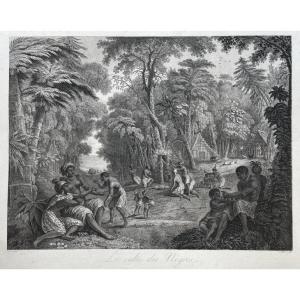



 Le Magazine de PROANTIC
Le Magazine de PROANTIC TRÉSORS Magazine
TRÉSORS Magazine Rivista Artiquariato
Rivista Artiquariato